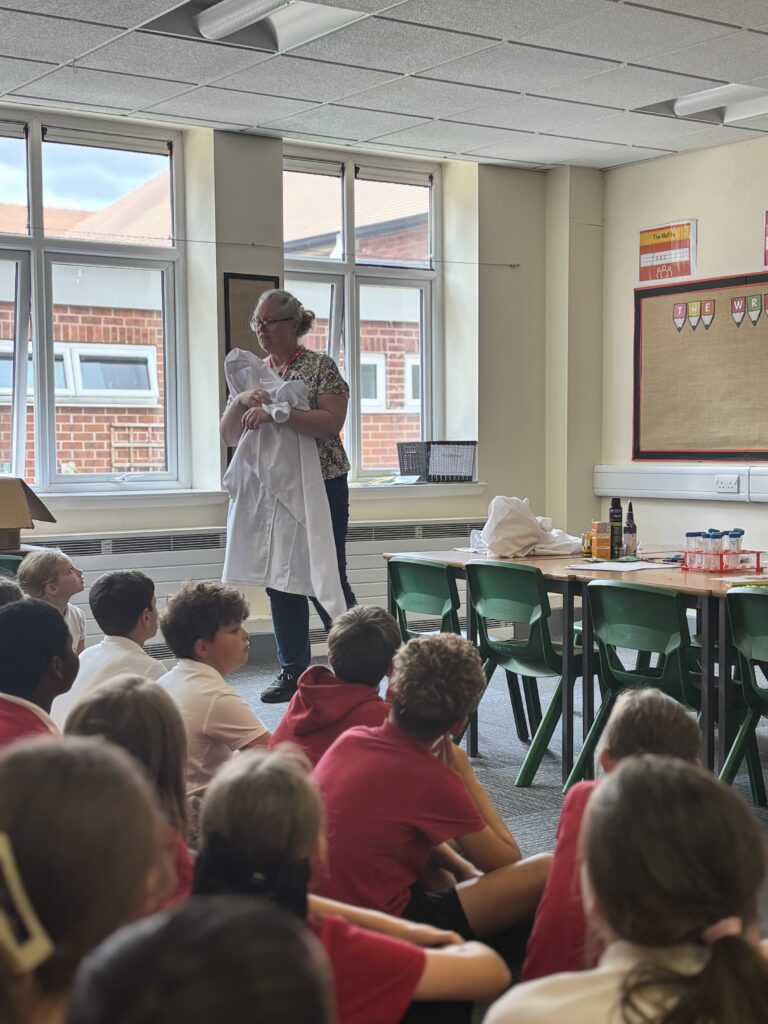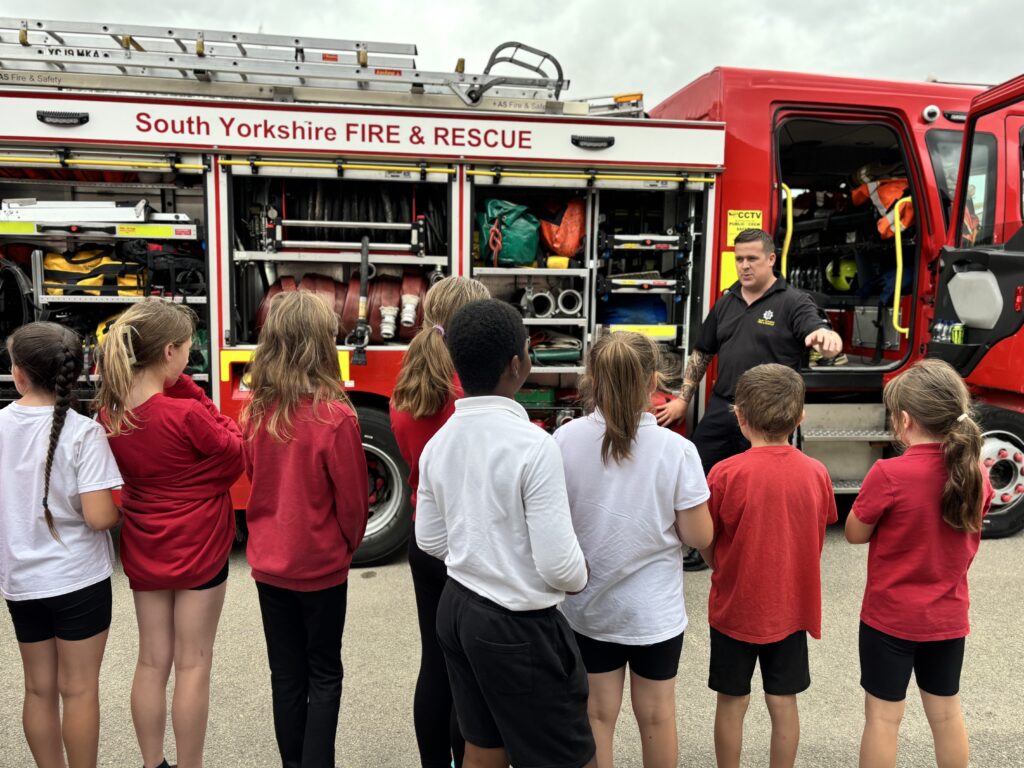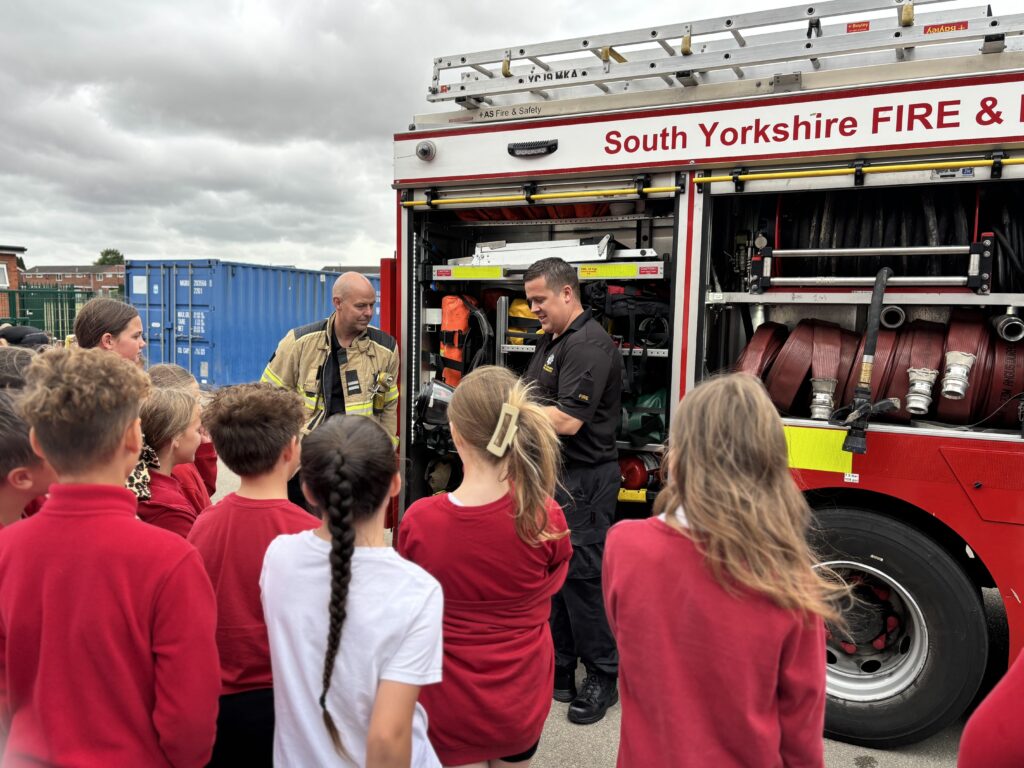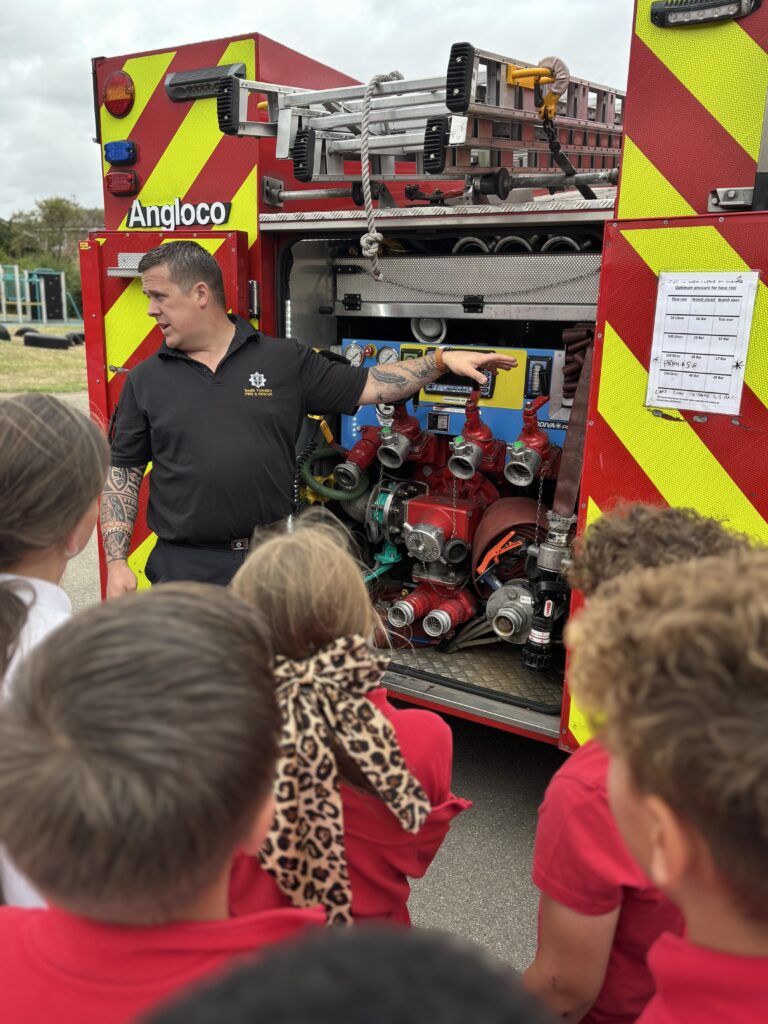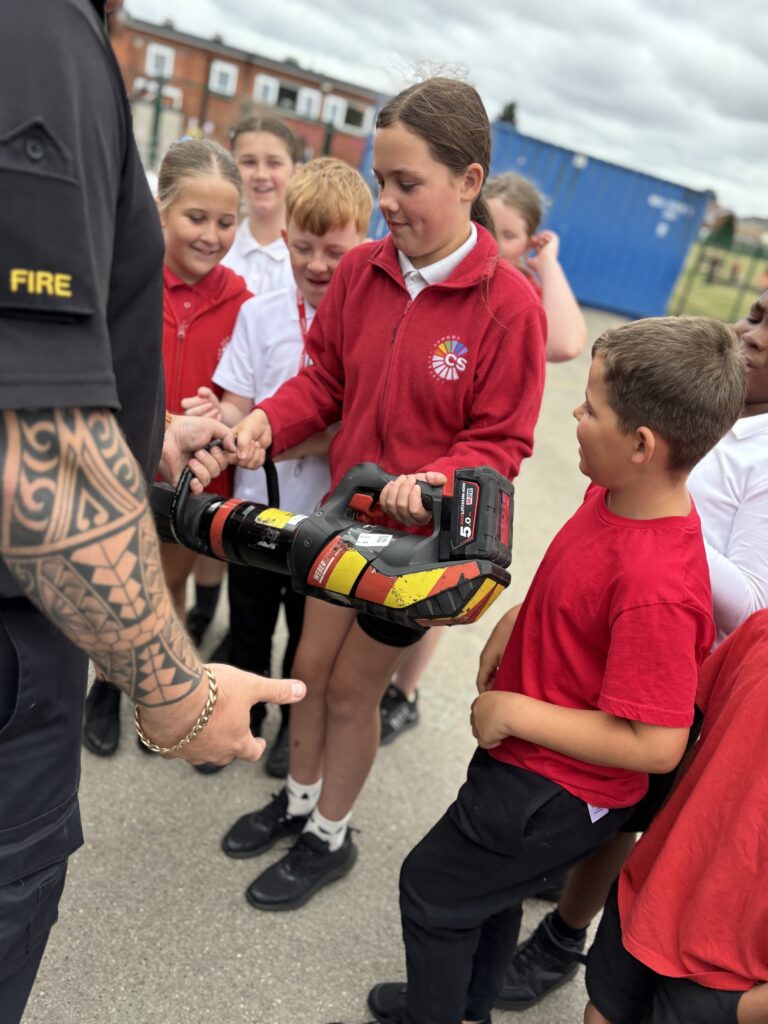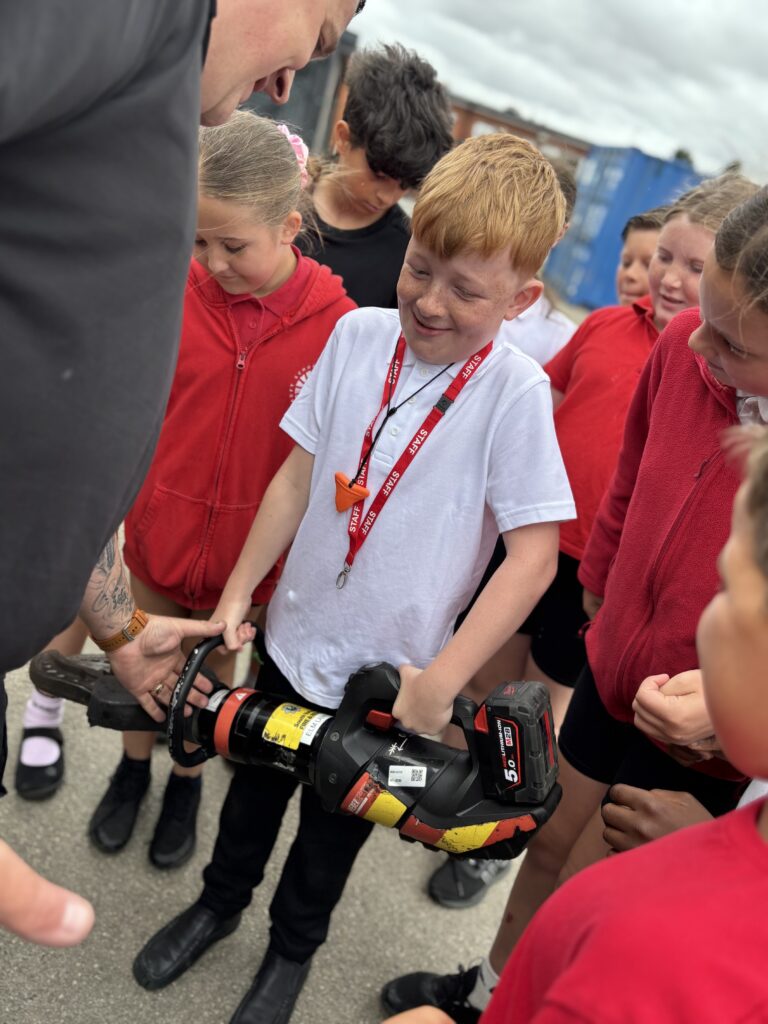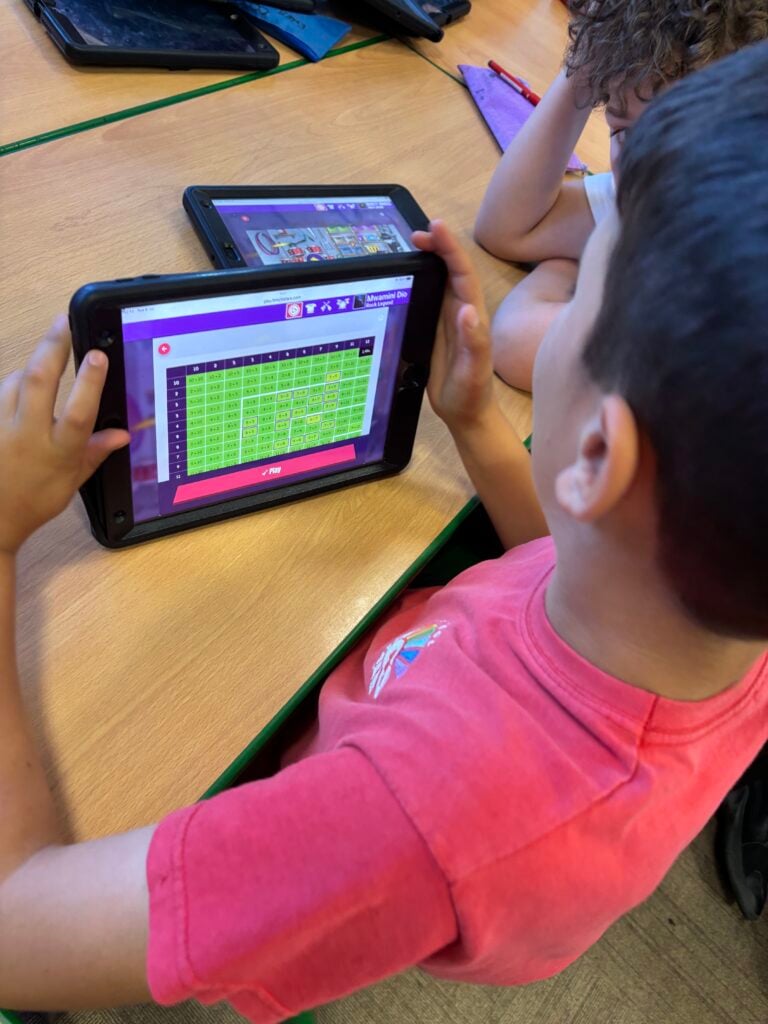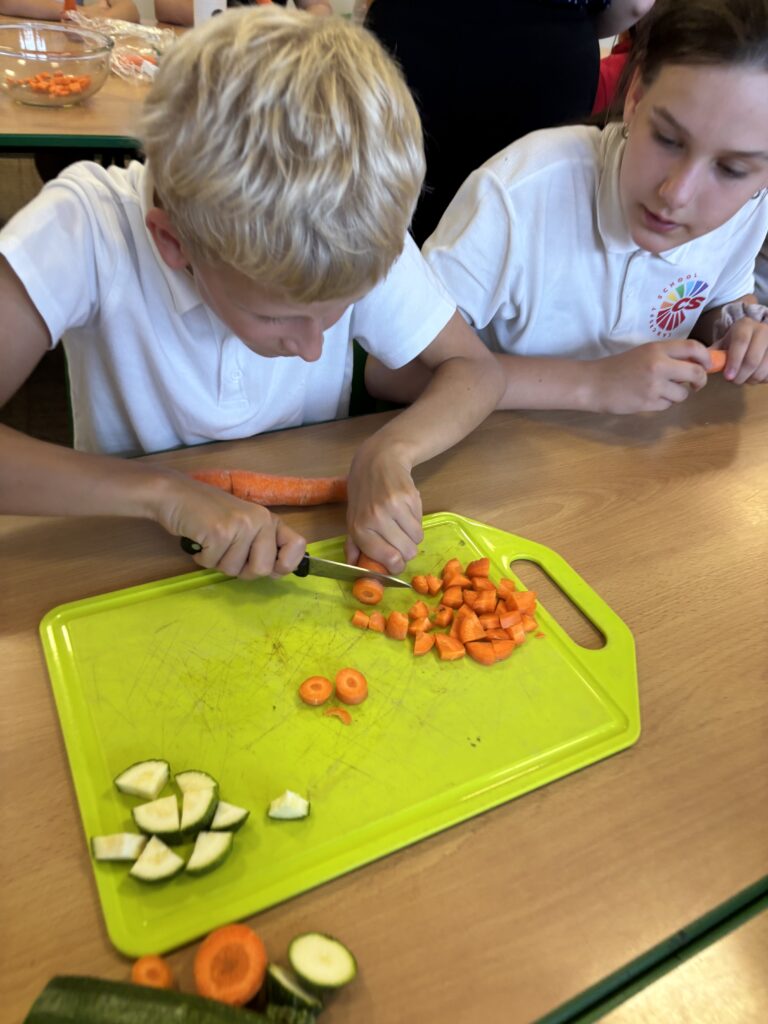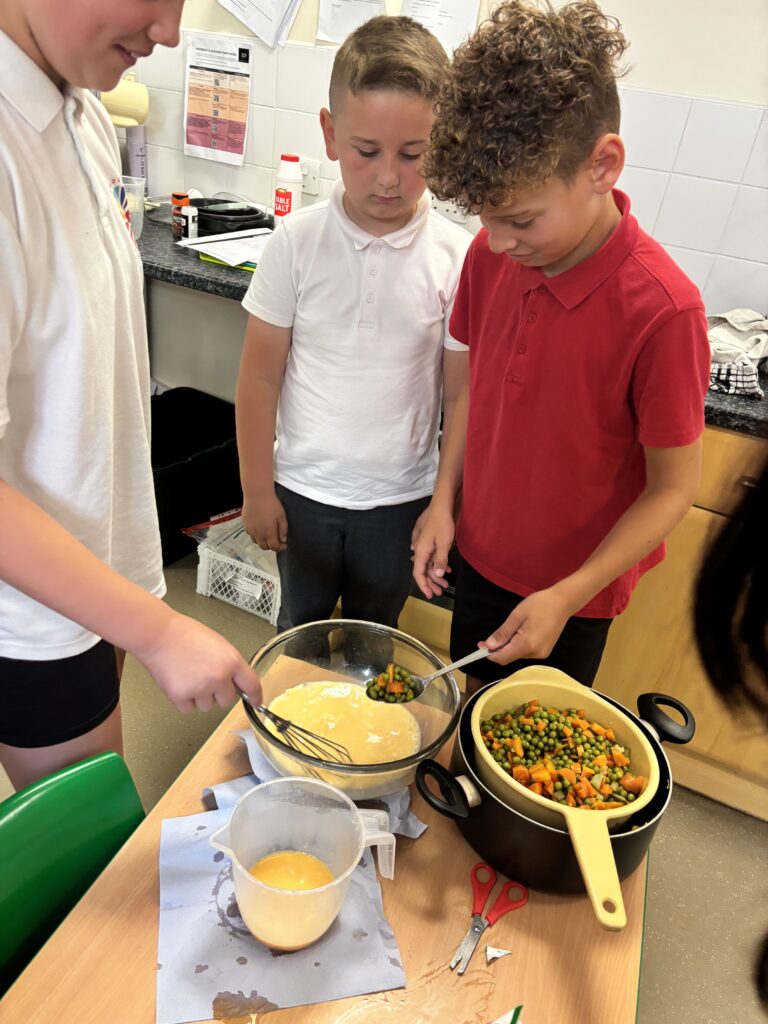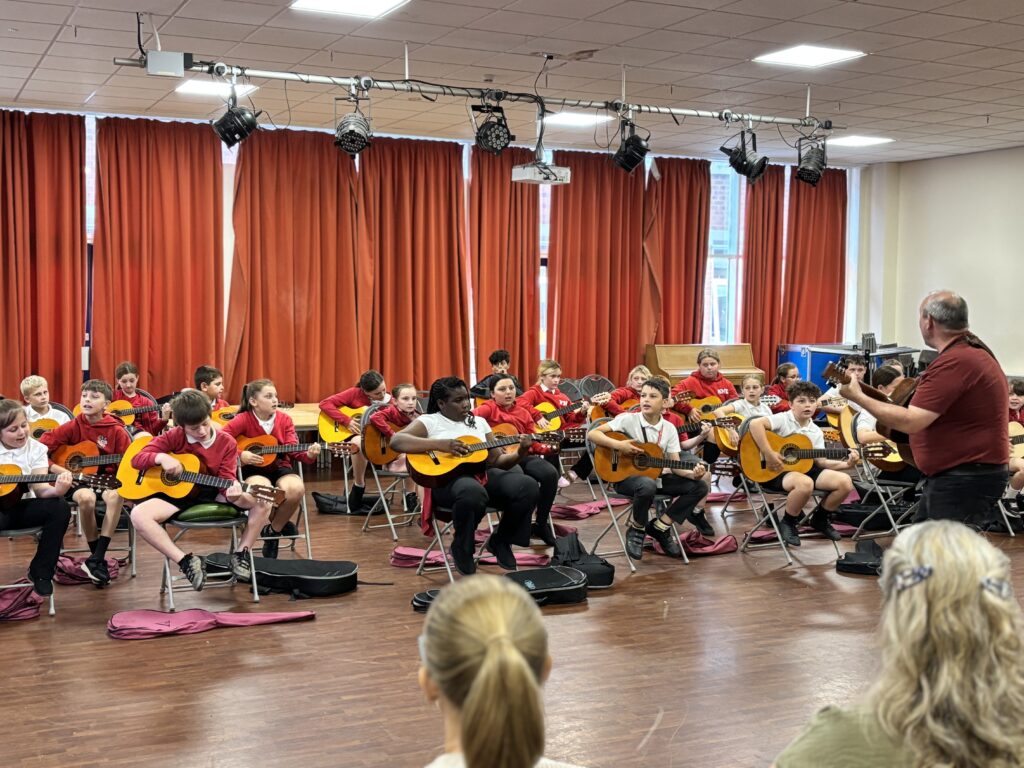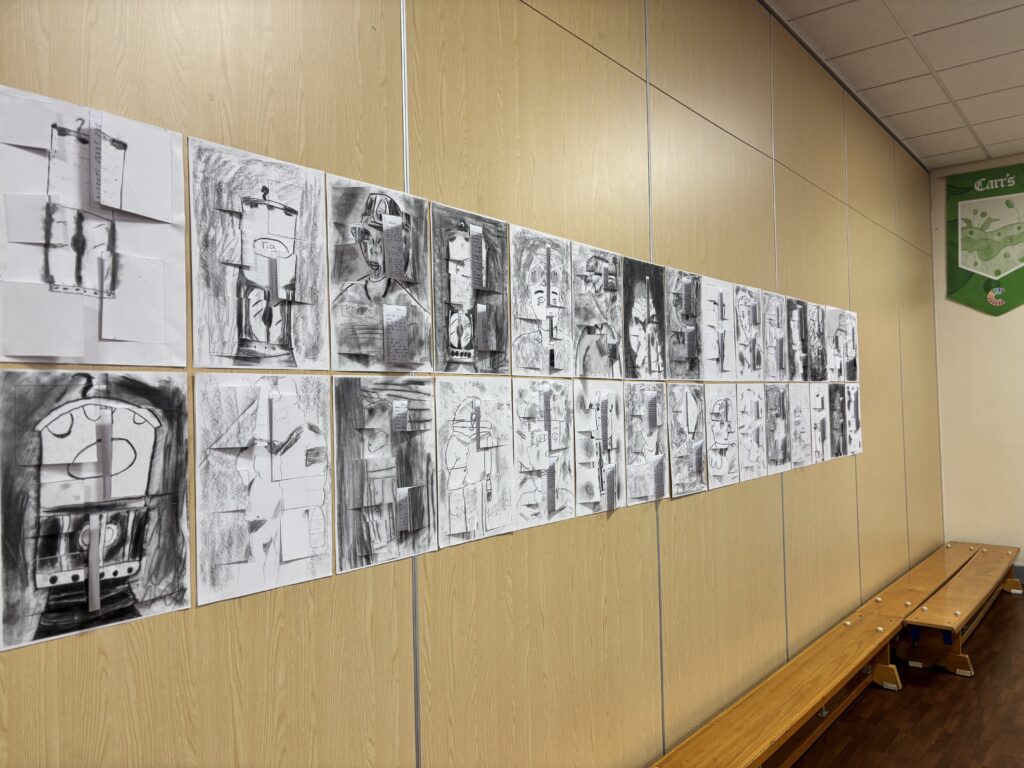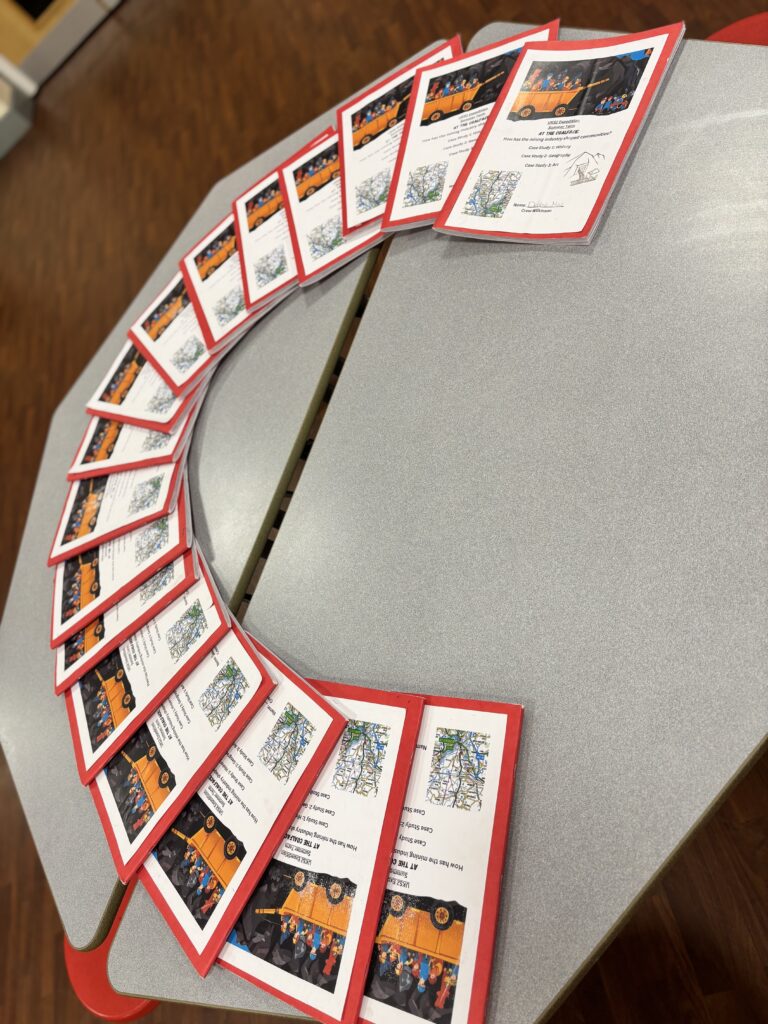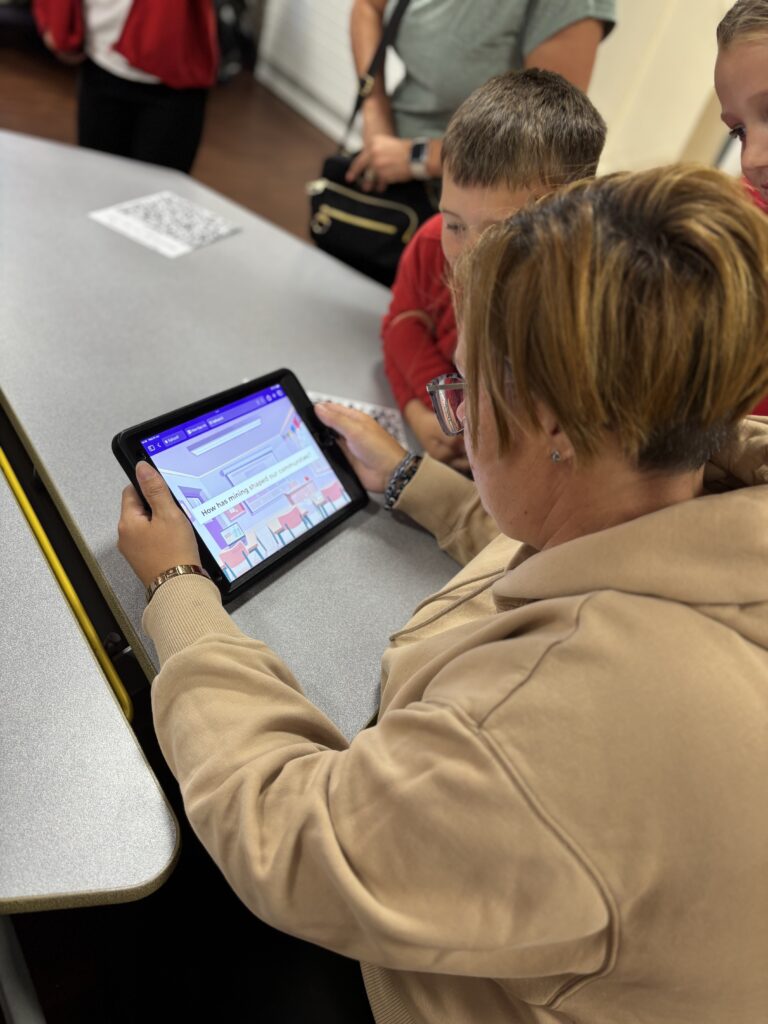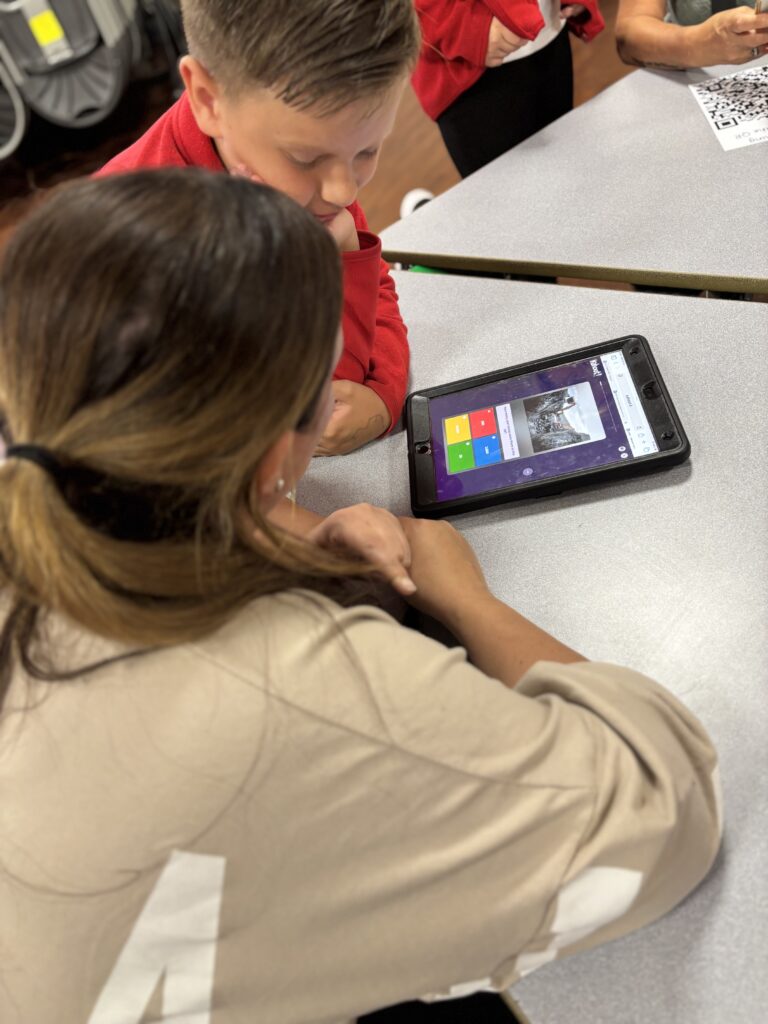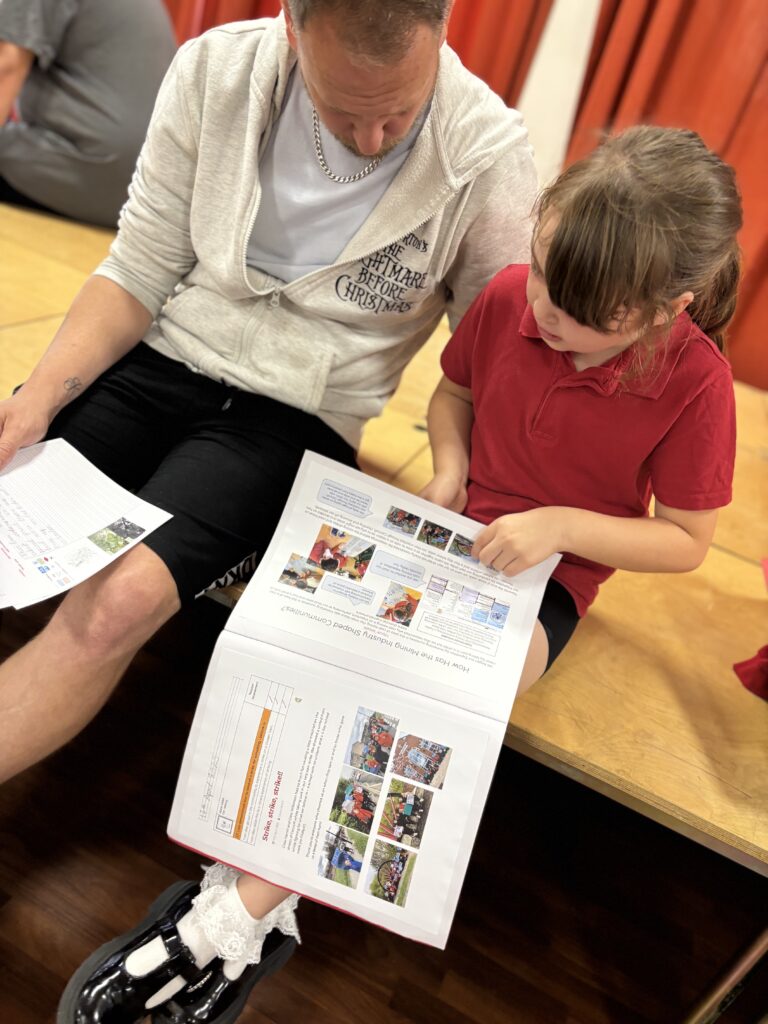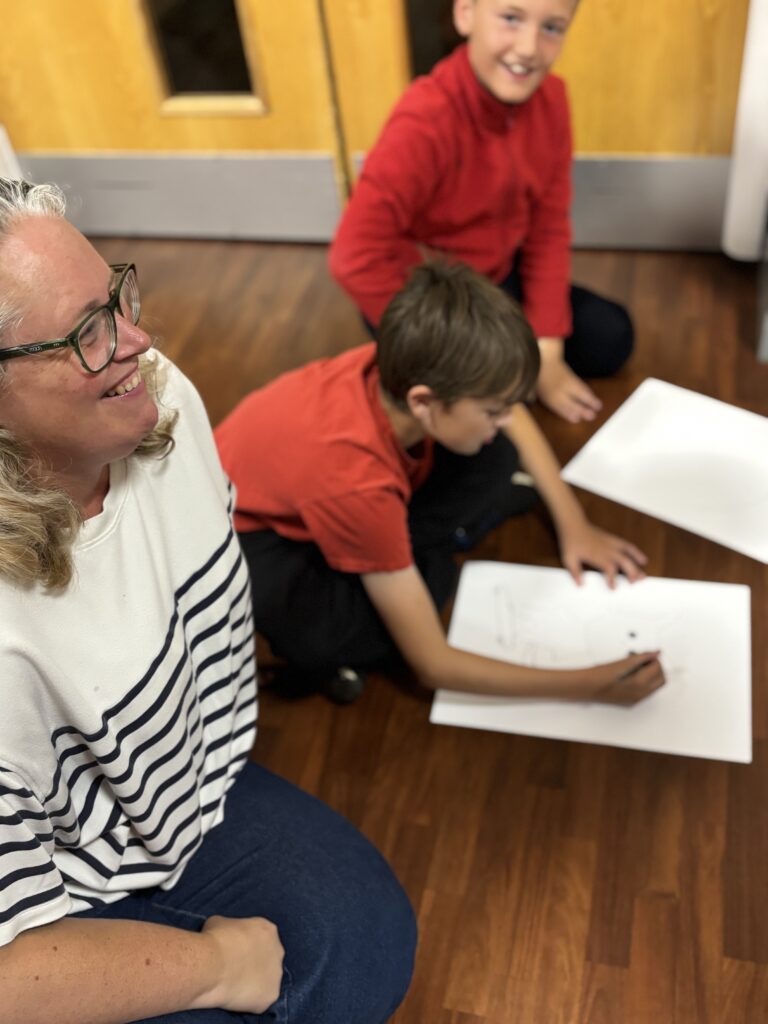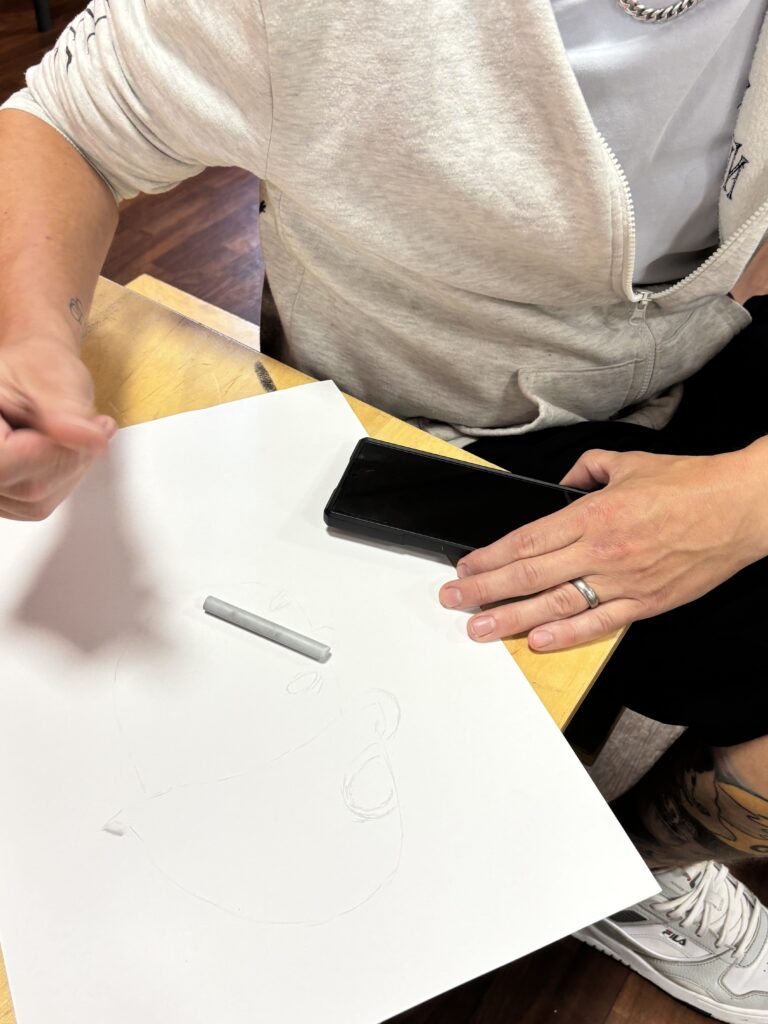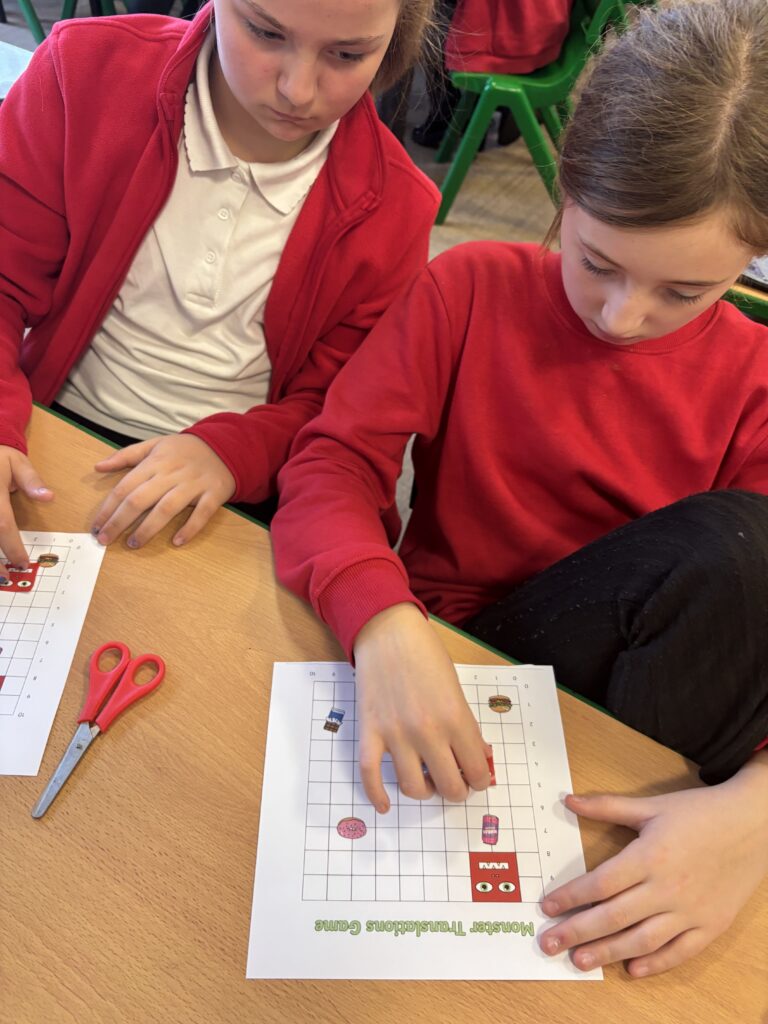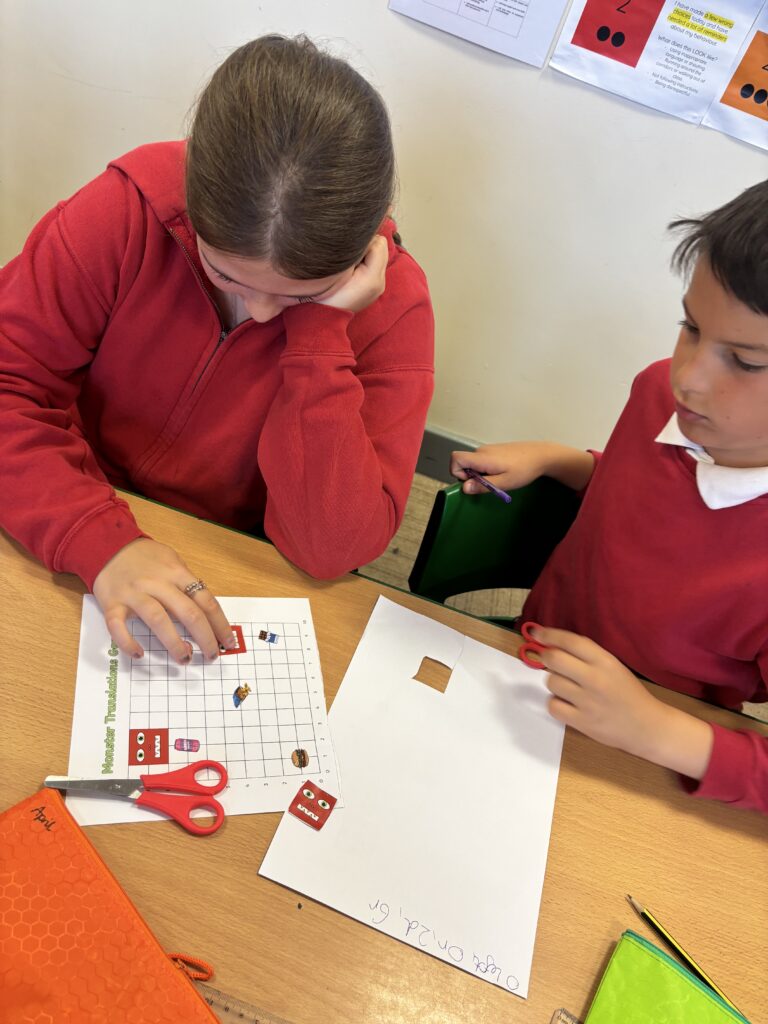We LOVED our visit from Dr Caragh Whitehead (aka ‘Erik’s Mum’) today! It was so interesting to learn all about the different types of science and learning that it is not always about big experiments but sometimes simply being interested in the world. We also learned that plants are used to make so many every day items that we may not have previously realised! Did you know plants help to make citronella candles and they’re even used in medicines?! It was great to get hands on and be able to explore the plants more for ourselves, using microscopes and our sense of smell to look at plants in more detail.

